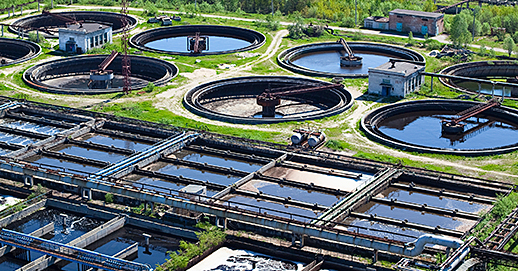
The U.S. Army has funded a project to demonstrate technology developed on the University of Illinois’ South Farm that disposes of wastewater biosolids by turning them into energy.
The Army has embraced a range of innovations in its Net Zero program, which strives for zero waste and clean, on-site, renewable energy sources. Two areas where the Army still pays for landfill disposal are food waste and wastewater biosolids.
 The U of I system will be demonstrated over a two-month period at Fort Detrick, in Frederick, Maryland, where Net Zero team members will document the effectiveness of this approach to improve the environmental footprint and enhance resiliency at Army installations. Fort Detrick has been designated to be an Army pilot installation for Net Zero energy and waste initiatives.
The U of I system will be demonstrated over a two-month period at Fort Detrick, in Frederick, Maryland, where Net Zero team members will document the effectiveness of this approach to improve the environmental footprint and enhance resiliency at Army installations. Fort Detrick has been designated to be an Army pilot installation for Net Zero energy and waste initiatives.
The pilot-scale reactor developed by university personnel from Agricultural and Biological Engineering and the Illinois Sustainable Technology Center (ISTC), a division of the Prairie Research Institute, converts these organic materials into biofuels through a hydrothermal process.
Instead of expending energy to sterilize and break down organic wastes for landfilling, the one ton per day reactor can produce 3 million BTUs of heat energy, which corresponds to 300 kilowatt-hours of electricity each day. In addition, instead of expending energy to dry the feedstocks, as in most biofuel processes, wet feedstocks are essential to the reaction.
“In a hostile theatre, it is dangerous to supply fuel by truck to run electric generators,” said Lance Schideman, the researcher who has led the development efforts at ISTC. “The ability to supply renewable energy on-post promotes readiness and minimizes its environmental impact,” he added.
“The system’s small size and portability also make the approach appealing for deployment at military installations here and abroad,” said Stephen Cosper, an engineer with the Army’s Construction Engineering Research Laboratory who has spent a sabbatical year collaborating with researchers at ISTC.

